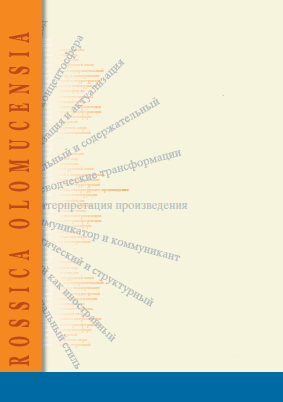La traducción automática de unidades fraseológicas usadas en Manolito Gafotas al árabe: entre la corrección lingüística y la aceptabilidad cultural
Machine Translation of Manolito Gafotas´s phraseological units into Arabic: among linguistic accuracy and cultural acceptability
Author(s): Mohamed El Madkouri, Beatriz Soto ArandaSubject(s): Language and Literature Studies, Theoretical Linguistics, Computational linguistics, Theory of Literature, Phraseology, Sociology of Literature
Published by: Univerzita Palackého v Olomouci
Keywords: phraseological units (PUs); machine translation (MA); Arabic; Spanish; young adult literature (YAL);
Summary/Abstract: One of the challenges in literary translation is the need to consider linguistic accuracy, pragmatic meaning, and reading experience all at once. It means that translators choose carefully between translation options, considering stylistic issues and the characteristics of the potential reader (mainly age and cultural features of the target context). From this perspective, this research analyses machine translation of five phraseological units from Spanish into Arabic, using the young adult novel Manolito Gafotas by Elvira Lindo (1994) as a corpus. The translations are assessed by 1. analysing their grammatical and semantic accuracy and 2. comparing them with the results of a survey conducted among six bilingual and bicultural speakers asked to translate the items being assessed. By following the results of previous research focused on machine translation of isolated Arabic proverbs into Spanish, the phraseological units elicited were provided in context to enable machine translation and human translators to infer their pragmatic and discursive meaning. The research concludes that neural machine translation systems tend to propose accurate solutions for the phraseological units being assessed when they receive enough linguistic input. Likewise, incorrect translations are due to comprehension errors produced in the translational process between Spanish and English, as the latter functions as the pivot language in the translating process. Finally, human translators tend to use more canonical and functional equivalent phraseological units and produce a variety of target culture-oriented translations.
Journal: Romanica Olomucensia
- Issue Year: 35/2023
- Issue No: 1
- Page Range: 41-53
- Page Count: 13
- Language: Spanish

